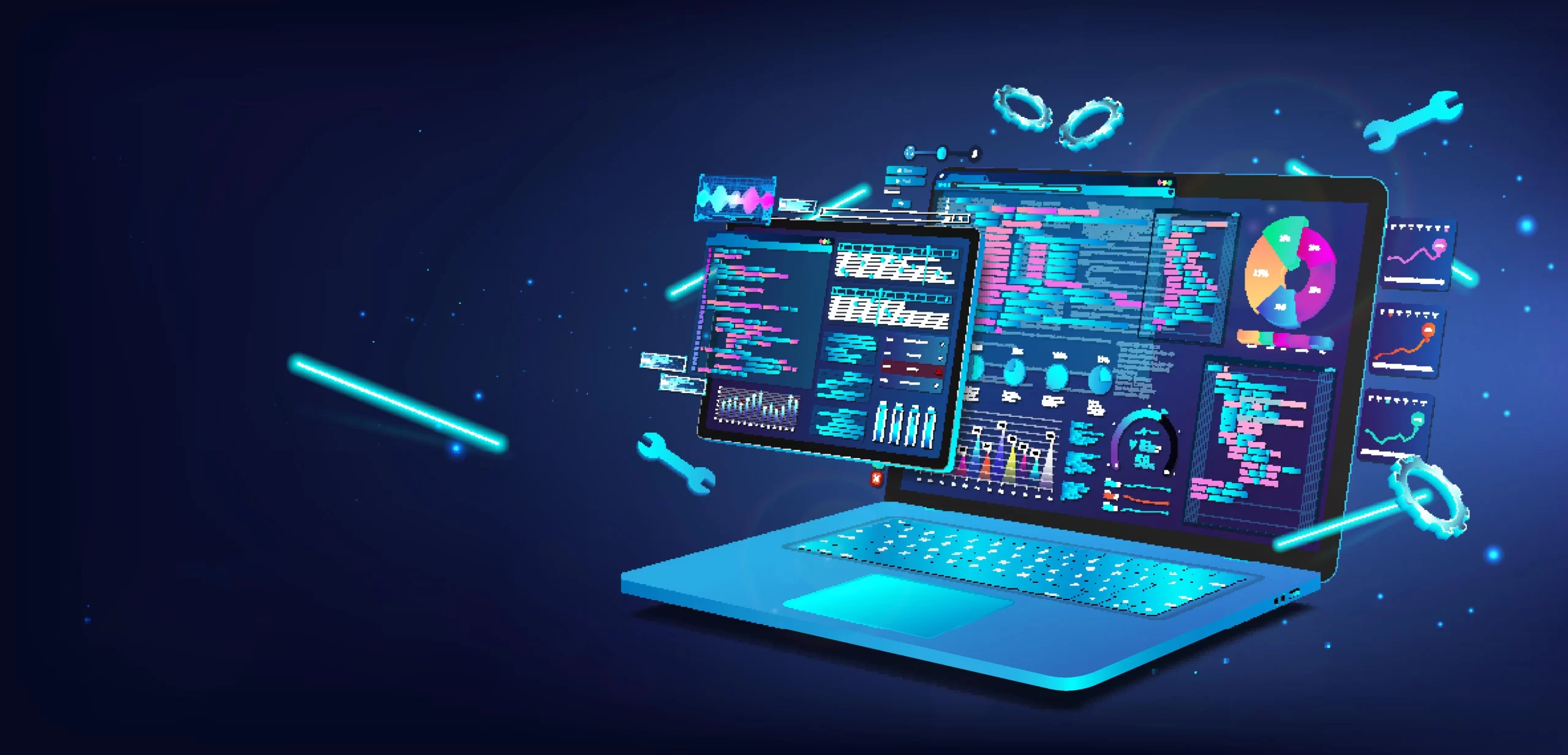
Folks these days are predicting that AI is poised to revolutionize virtually everything, and data center infrastructure management (DCIM) is no exception. You need not google long to find articles about how AI will revolutionize DCIM, how we’ll have containerized datacenters that are complete black boxes with robotic wizards whizzing around, etc.
But like many AI predictions, it’s easy to overstate the extent to which AI will impact DCIM. AI can certainly help make DCIM more efficient, but it’s probably not going to revolutionize it any time soon.
Allow me to clarify by expanding on what AI is capable of and what it falls short in terms of enhancing DCIM.
Data center infrastructure management, or in short, DCIM, is the method of systematically overseeing and managing all the equipment housed within a data center. This includes IT hardware such as servers, along with the supporting infrastructure such as HVAC systems that are vital to the operation of data centers.
DCIM holds great significance as even a moderately sized data center could encompass tens of thousands of individual equipment components. DCIM software aids in watching everything, but you still need hands (whether flesh or metal) to fix issues, reconfigure systems, and upgrade equipment.
Where AI can obviously play a role is in data gathering and interpretation. Data center operators can leverage AI to comprehend vast volumes of facility statistics, leading to more effective infrastructure control and enlargement decisions. If I might dream, it would be great to ingest data on weather, electricity loads, humidity, data center environmentals, heating and cooling, power usage heat maps, etc., correlate all of it, and then make useful predictions, alerts, and warnings.
For instance, DCIM solutions with integrated AI technology can spot irregularities more accurately, such as unexpected power consumption by a server, which could indicate a potential issue. Also, they can forecast future infrastructure capacity needs, assisting data center owners in expanding their facilities in the most economical and green way.
Interestingly, there are other conceivable AI applications to DCIM. Theoretically, Generative AI could provide suggestions to guide data center technicians in performing equipment maintenance tasks. It might also present recommendations for ideal equipment placements or setups.
But Let’s Not Get Ahead of Ourselves
It’s easy to get swept up in the potential of AI to modify how businesses handle data center infrastructure. However, data center operators should perhaps not be so hasty in believing that AI will notably change their DCIM processes in the immediate future. This is due to two main factors.
Firstly, some DCIM techniques that are commonly referred to as AI – particularly those that revolve around analyzing data to discover patterns and irregularities – are not particularly new and are only arguably a form of AI. One might argue that these are simply types of descriptive and predictive analytics, and that not all analytics can be considered as AI.
Consequently, it’s a matter of contention whether a DCIM tool that analyses numerous power consumption metrics and highlights anomalies, or produces alerts when an excessive number of servers are down, is actually an illustration of AI in DCIM.
 Besides, even if we accept to term these features as AI, they wouldn’t be considered groundbreaking. Analytics, alerting, and business intelligence (BI) functionalities have been incorporated into many DCIM tools for a good many years now.
Besides, even if we accept to term these features as AI, they wouldn’t be considered groundbreaking. Analytics, alerting, and business intelligence (BI) functionalities have been incorporated into many DCIM tools for a good many years now.
Discussing the application of generative AI in the field of Data Center Infrastructure Management (DCIM), the notions are primarily theoretical at this point.
Thus far, no DCIM providers have integrated substantial generative AI capabilities into their tools. The effectiveness of such features is still a matter of debate. Generative AI platforms are notorious for their tendency to “hallucinate”, which essentially suggests that they can sometimes generate misleading results. This attribute might make generative AI unsuitable for DCIM usage at the present time, considering the potential for significant equipment malfunctions due to minor errors.
In essence, although DCIM could undoubtedly gain from analytical tools assisting data center operators in interpreting the copious data they manage, many DCIM tools have incorporated these facilities for a while now; they simply did not often term it AI given that it’s merely a variant of AI.
Simultaneously, more glamorous applications of AI in DCIM — like employing generative AI to devise guidance or custom configurations for data center infrastructure — are often discussed but implementing them is currently not feasible. If there is a significant advancement in AI technology, this situation may change. However, it is advisable not to anticipate the AI revolution in DCIM in the near future.
LowEndBox is a go-to resource for those seeking budget-friendly hosting solutions. This editorial focuses on syndicated news articles, delivering timely information and insights about web hosting, technology, and internet services that cater specifically to the LowEndBox community. With a wide range of topics covered, it serves as a comprehensive source of up-to-date content, helping users stay informed about the rapidly changing landscape of affordable hosting solutions.
























Leave a Reply